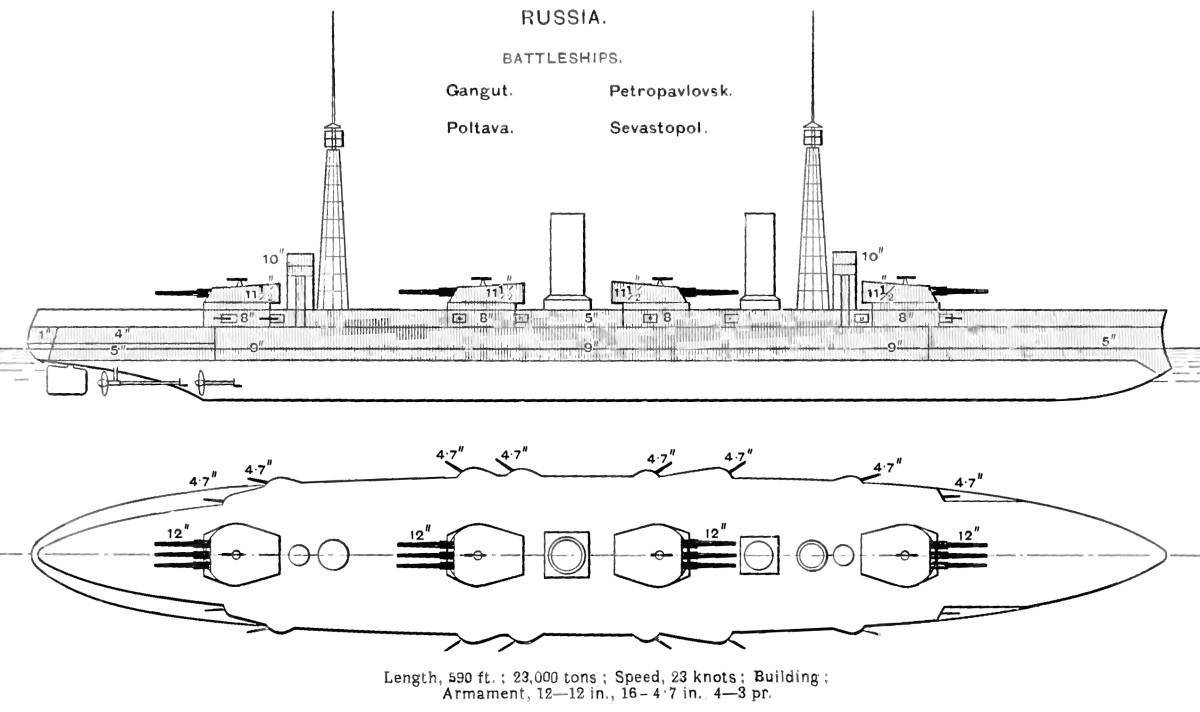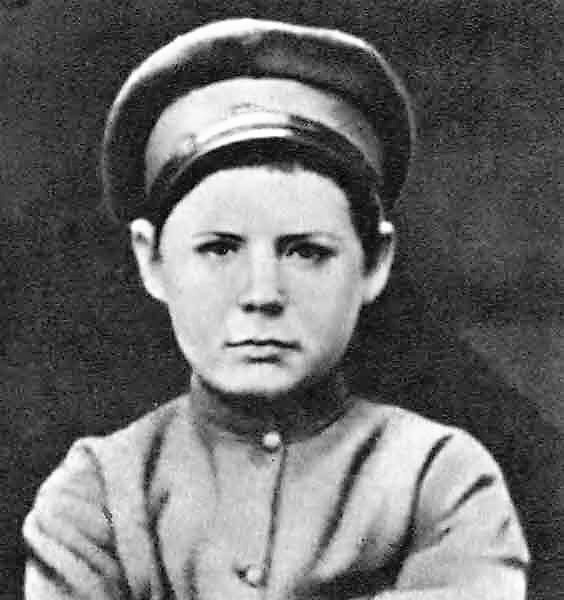|
Obukhov State Plant
Obukhov State Plant (also known Obukhovski Plant, ) is a major Russian metallurgy and heavy machine-building Factory, plant in St. Petersburg, Russia. Predecessors In 1854, the mining engineer P.M. Obukhov invented a new procedure to make crucible steel. In combination with the work of metallurgist P.P. Anosov, this crucible steel proved very useful for making cannons. In 1859, this led to the founding of the Prince Michael Artillery Works in Zlatoust. In 1860, this factory delivered its first steel cannon. A reason for the failure of this company was the problematic transport of the guns from this factory to the end users. In 1863, the state would therefore sponsor the establishment of two new artillery factories: The Motovilikhinsk works on the navigable Kama (river), Kama River near Perm, Russia, Perm; and the Obukhov-Putilov-Kudryavzev factory in St. Petersburg, later known as Obukhov. History in Tsarist Russia (1863-1917) Foundation Colonel Putilov acquired a lic ... [...More Info...] [...Related Items...] OR: [Wikipedia] [Google] [Baidu] |
Joint-stock Company
A joint-stock company (JSC) is a business entity in which shares of the company's stock can be bought and sold by shareholders. Each shareholder owns company stock in proportion, evidenced by their shares (certificates of ownership). Shareholders are able to transfer their shares to others without any effects to the continued existence of the company. In modern-day corporate law, the existence of a joint-stock company is often synonymous with incorporation (possession of legal personality separate from shareholders) and limited liability (shareholders are liable for the company's debts only to the value of the money they have invested in the company). Therefore, joint-stock companies are commonly known as corporations or limited companies. Some jurisdictions still provide the possibility of registering joint-stock companies without limited liability. In the United Kingdom and in other countries that have adopted its model of company law, they are known as unlimited ... [...More Info...] [...Related Items...] OR: [Wikipedia] [Google] [Baidu] |
Built-up Gun
A built-up gun is artillery with a specially reinforced barrel. An inner tube of metal stretches within its elastic limit under the pressure of confined powder gases to transmit stress (mechanics), stress to outer cylinders that are under tension.Fairfield (1921) p.161 Concentric metal cylinders or wire windings are assembled to minimize the weight required to resist the pressure of powder gases pushing a projectile out of the barrel. Built-up construction was the norm for guns mounted aboard 20th century dreadnoughts and contemporary railway guns, coastal artillery, and siege guns through World War II. Background The first built-up gun was designed by French artillery officer Alfred Thiéry in 1834 and tested not later than 1840. Also about 1840 another one was made by Daniel Treadwell, and yet another one was produced by Mersey Iron Works in Liverpool according to the John Ericsson's design. Sheffield architector John Frith received a patent on their manufacture in 1843. Howev ... [...More Info...] [...Related Items...] OR: [Wikipedia] [Google] [Baidu] |
Gangut-class Battleship
The ''Gangut'' class, also known as the ''Sevastopol'' class, were the first dreadnoughts built for the Imperial Russian Navy before World War I. They had a convoluted design history involving several British companies, evolving requirements, an international design competition, and foreign protests. Four ships were ordered in 1909, , , , and . Construction was delayed by financing problems until the Duma formally authorized the ships in 1911. They were delivered from December 1914 through January 1915, although they still needed work on the gun turrets and fire-control systems until mid-1915. Their role was to defend the mouth of the Gulf of Finland against the Germans, who never tried to enter, so the ships spent their time training and providing cover for minelaying operations. Their crews participated in the general mutiny of the Baltic Fleet after the February Revolution in 1917, and joined the Bolsheviks the following year. All of the dreadnoughts except for ''Petropavlovsk ... [...More Info...] [...Related Items...] OR: [Wikipedia] [Google] [Baidu] |
Obukhovskii 12-inch/52-caliber Pattern 1907 Gun
The Obukhovskii 12"/52 Pattern 1907 gun was a , 52-caliber naval gun. It was the most powerful gun to be mounted aboard battleships of the Imperial Russian Navy and later the Soviet Navy during both world wars. It was later modified by the Soviets and employed as coastal artillery and as a railway gun during World War II. History The Obukhovskii 12"/52 Pattern 1907 was designed to reflect lessons learned from the Russo-Japanese War and despite changes in specifications while the guns were being manufactured they were considered excellent pieces. In April 1906 a conference of twenty admirals and specialists in ship and ordnance design met to determine what the specifications of the new fleet being built to replace the losses suffered during the Russo-Japanese War would be. The consensus of the meeting was that the new battleships would be armed with no less than twelve 12in guns mounted on the ships centerline and capable of delivering a twelve gun broadside. This would be su ... [...More Info...] [...Related Items...] OR: [Wikipedia] [Google] [Baidu] |
Joint-stock Company
A joint-stock company (JSC) is a business entity in which shares of the company's stock can be bought and sold by shareholders. Each shareholder owns company stock in proportion, evidenced by their shares (certificates of ownership). Shareholders are able to transfer their shares to others without any effects to the continued existence of the company. In modern-day corporate law, the existence of a joint-stock company is often synonymous with incorporation (possession of legal personality separate from shareholders) and limited liability (shareholders are liable for the company's debts only to the value of the money they have invested in the company). Therefore, joint-stock companies are commonly known as corporations or limited companies. Some jurisdictions still provide the possibility of registering joint-stock companies without limited liability. In the United Kingdom and in other countries that have adopted its model of company law, they are known as unlimited ... [...More Info...] [...Related Items...] OR: [Wikipedia] [Google] [Baidu] |
Clothes Iron
A clothes iron (also flatiron, smoothing iron, dry iron, steam iron or simply iron) is a small appliance that, when heated, is used to press Clothing, clothes to remove Wrinkle, wrinkles and unwanted creases. Domestic irons generally range in operating temperature from to . It is named for the metal (iron) of which the device was historically made, and the use of it is generally called ironing, the final step in the process of laundry, laundering clothes. Ironing works by loosening the ties between the long chains of molecules that exist in polymer fiber materials. With the heat and the weight of the ironing plate, the fibers are stretched and the fabric maintains its new shape when cool. Some materials, such as cotton, require the use of water to loosen the intermolecular bonds. History and development Before the introduction of electricity, irons were heated by combustion, either in a fire or with some internal arrangement. The said iron was made as a solid piece of ir ... [...More Info...] [...Related Items...] OR: [Wikipedia] [Google] [Baidu] |
FSUE
A unitary enterprise () is a government-owned corporation in Russia and some other post-Soviet states. Unitary enterprises are business entities that have no ownership rights to the assets that they use in their operations. This form is possible only for state and municipal enterprises, which respectively operate state or municipal property. The owners of the property of a unitary enterprise have no responsibility for its operation and vice versa. Russia Federal Law No. 161-ФЗ "''On State and Municipal Unitary Enterprises''" (amended July 13, 2015), defines the legal status of unitary enterprises in Russia. The State Duma passed this law on October 11, 2002, and President Putin Vladimir Vladimirovich Putin (born 7 October 1952) is a Russian politician and former intelligence officer who has served as President of Russia since 2012, having previously served from 2000 to 2008. Putin also served as Prime Minister of Ru ... signed it on November 14, 2002. The assets of uni ... [...More Info...] [...Related Items...] OR: [Wikipedia] [Google] [Baidu] |
Sergey Kirov
Sergei Mironovich Kirov (born Kostrikov; 27 March 1886 – 1 December 1934) was a Russian and Soviet politician and Bolshevik revolutionary. Kirov was an early revolutionary in the Russian Empire and a member of the Bolshevik faction of the Russian Social Democratic Labour Party. Kirov became an Old Bolshevik and personal friend to Joseph Stalin, rising through the Communist Party of the Soviet Union ranks to become head of the party in Leningrad and a member of the Politburo. On 1 December 1934, Kirov was shot and killed by Leonid Nikolaev at his offices in the Smolny Institute. Nikolaev and several alleged accomplices were convicted in a show trial and executed less than 30 days later. Kirov's assassination was used by Stalin as a reason for starting the Moscow trials and the Great Purge. Early life Sergei Mironovich Kostrikov was born on in Urzhum in Vyatka Governorate, Russian Empire, as one of seven children born to Miron Ivanovich Kostrikov and Yekaterina Kuzmini ... [...More Info...] [...Related Items...] OR: [Wikipedia] [Google] [Baidu] |
Kirov Factory
The Kirov Plant, Kirov factory or Leningrad Kirov plant (LKZ) () is a major Russian mechanical engineering and agricultural machinery manufacturing plant in St. Petersburg, Russia. It was established in 1789, then moved to its present site in 1801 as a foundry for cannonballs. The Kirov Plant is sometimes confused with another Leningrad heavy weapons manufacturer, '' Factory No. 185 (S.M. Kirov)''. Recently the main production of the company is Kirovets heavy tractors. In 1917 the factory was an important center of the Red Guards formations. History Putilov works In 1868 Nikolay Putilov (1820–1880) purchased the bankrupt plant. At the Putilov works, the Putilov Company (a joint-stock holding company from 1873) initially produced rolling stock for railways. The establishment boomed during the Russian industrialization of the 1890s, with the workforce quadrupling in a decade, reaching 12,400 in 1900. The factory traditionally produced goods for the Russian government, wit ... [...More Info...] [...Related Items...] OR: [Wikipedia] [Google] [Baidu] |
T-26 Infantry Tank
The T-26 tank was a Soviet light tank used during many conflicts of the Interwar period and in World War II. It was a development of the British Vickers 6-Ton tank and was one of the most successful tank designs of the 1930s until its light armour became vulnerable to newer anti-tank guns.Franco, ''El Tanque de la Guerra Civil Española'', p. 74. It was produced in greater numbers than any other tank of the period, with more than 11,000 units manufactured giving it the title of the most produced tank during the interwar period. During the 1930s, the USSR developed 53 variants of the T-26, including flame-throwing tanks, combat engineer vehicles, remotely controlled tanks, self-propelled guns, artillery tractors, and armoured carriers. Twenty-three of these were series-produced, others were experimental models. The T-26 and BT were the main tanks of the Red Army's armoured forces during the interwar period. The T-26 was the most important tank of the Spanish Civil War and pla ... [...More Info...] [...Related Items...] OR: [Wikipedia] [Google] [Baidu] |
OKMO
OKMO (''Opytniy Konstruktorsko-Mekhanicheskiy Otdel'', 'Experimental Design Mechanical Department') was the tank design team in the Soviet Union during the early 1930s. Located in Leningrad, it produced the design of the T-26 infantry tank, of which about 12,000 would be produced. Most other designs from the bureau never saw the light of day, but it was here that Mikhail Koshkin, designer of the famous T-34 medium tank gained his early experience. The bureau was gutted in the Great Purge and broken up by the beginning of the Second World War. History Organizational In 1930 the Bolshevik Factory No. 232 became home to the AVO-5 tank design bureau, soon renamed OKMO. In 1932, the tank department of the Bolshevik factory, became the new Factory No. 174 (K.E. Voroshilov). This new, independent enterprise was dedicated to the mass production of T-26 tank. Janusz Magnuski says that in 1932 one of the former departments of the Bolshevik factory became a base for the new indepe ... [...More Info...] [...Related Items...] OR: [Wikipedia] [Google] [Baidu] |
T-18 Tank
The T-18 light tank (also called MS-1, , "Small [Vehicle for] Support, First [type/example]") was the first Soviet-designed tank. Produced from 1928 to 1931, it was based on the Renault FT, with the addition of a vertically sprung suspension. The T-18 and its derivatives were essentially unsuccessful designs, but they gave Soviet industry its first experiences in designing armoured vehicles, and in the meantime a number of foreign tank designs were available for production. Development A "Tank Bureau" was formed in May 1924 for the development of Soviet tanks. A specification was issued for a 3-tonne two-man light tank capable of . It would be protected by 16 mm of armour and equipped with a gun. By 1925 the allowable weight had increased to 5 tonnes. The tank was designed by Professor V. Zaslavsky at a new Tank Bureau set up under the Central Directorate of Military Industries. The 35-horsepower truck engine (a copy of the Italian FIAT 15 ''ter'') was supplied by the M ... [...More Info...] [...Related Items...] OR: [Wikipedia] [Google] [Baidu] |







